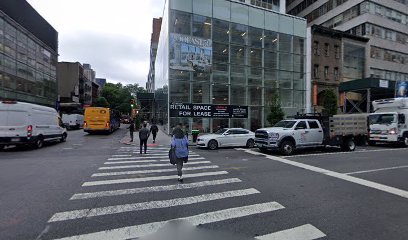It still counts as a minor revolution that barely two years ago the effort to plan this region’s transport future was being undertaken piecemeal — in scattered municipal headquarters and provincial government offices. Now, thanks to the GTA planning body Metrolinx and its consultations, a whole lot of eyes are finally looking together at how best to shorten commutes, reduce pollution and simply build smarter cities.
Of course, no one presumes serious politicking isn’t still happening in the background. And it is to be expected that various experts and organizations are putting forth plans and priorities in hopes of catching the attention of Metrolinx planners, or politicians, or the media.
Just one example is choosing where to put a new east-west transit link across Toronto, or perhaps several links.
Should there be a rail line down the middle of the 401, or one alongside the 407 toll route?
Will it be possible to run passenger service through Toronto on tracks currently dominated by freight trains?
Even as Metrolinx studies possible plans and scenarios (everything from “Business-As-Usual” transport engineering to a bold “Web” network) the TTC is moving along at surprising speed with designs for a light rail line along Sheppard Avenue, east of the existing Sheppard “stubway.” Near-final decisions for this project, as well as for expansion of the Scarborough RT, will be presented next week at a series of public meetings. See ttc.ca for details.
It seems strange to complain about fast progress, after so many years of dithering — and yet questions need to be addressed about how this line, which is part of a larger Transit City plan, will fit into the larger picture.
Another concern is the impact these new projects will have on the TTC’s bottom line — has the transit agency calculated how much money will be required in operating costs when these LRT lines start opening? And who will pay?
Meanwhile, other long-standing projects seem to have fallen into relative limbo, or are on some low-priority track. I have heard little about the overdue bus lanes to York University, and public meetings about similar exclusive lanes along Yonge Street between Steeles and Finch Avenues were recently put off — again — “because of a scheduling conflict with the local councillors,” according to the city website toronto.ca.
These improvements could have tangible results for riders in short order but no one is championing their construction. Why not?
North of Steeles, bus lanes on Yonge are now up in the air as some York Region politicians push for fast approval of a subway extension there. Yes, we are in the midst of a complicated planning revolution in the GTA, but it’s also worth paying attention to which projects are getting a push right now, and which ones are languishing unnecessarily.
















